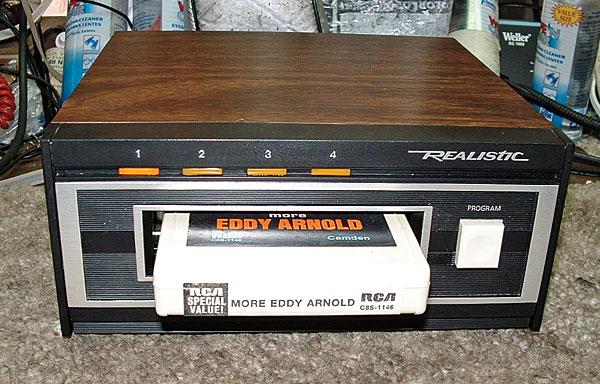I don't think movies will follow the same route as music and become a (completely) non-tangible format. The reason for this is that the movie companies would not have control. With a disc, there is some form of copy control. This is not the case with MP3's. I know we can go to iTunes and buy digital movie files, but the means to play back these files is limited for your average American.
As for streaming movies, the issue is one of speed. To get good playback of streaming content, you need at least 10mps. I doubt 40% of this country runs that 'fast'. I don't think enough people want to pay for it at current prices.








 Around the same time, RCA dropped millions of dollars to launch the incompatible Capacitance Electronic Disc (CED) system it had been developing for nearly 20 years. In sharp contrast to laserdisc’s advanced laser system, the RCA SelectaVision VideoDisc player used aging phonograph stylus technology to play LP-like discs that were encased in protective sleeves and offered only VHS picture quality with mono sound. The format was obsolete from the get-go and abandoned within a few years. During the same period, JVC was demonstrating its Video High Density (VHD)—a sort of laserdisc/CED hybrid that used a stylus to electronically read a slightly smaller groove-less disc, which significantly reduced disc wear. The format was introduced in Japan in 1983 but never made it to the United States.
Around the same time, RCA dropped millions of dollars to launch the incompatible Capacitance Electronic Disc (CED) system it had been developing for nearly 20 years. In sharp contrast to laserdisc’s advanced laser system, the RCA SelectaVision VideoDisc player used aging phonograph stylus technology to play LP-like discs that were encased in protective sleeves and offered only VHS picture quality with mono sound. The format was obsolete from the get-go and abandoned within a few years. During the same period, JVC was demonstrating its Video High Density (VHD)—a sort of laserdisc/CED hybrid that used a stylus to electronically read a slightly smaller groove-less disc, which significantly reduced disc wear. The format was introduced in Japan in 1983 but never made it to the United States.































































